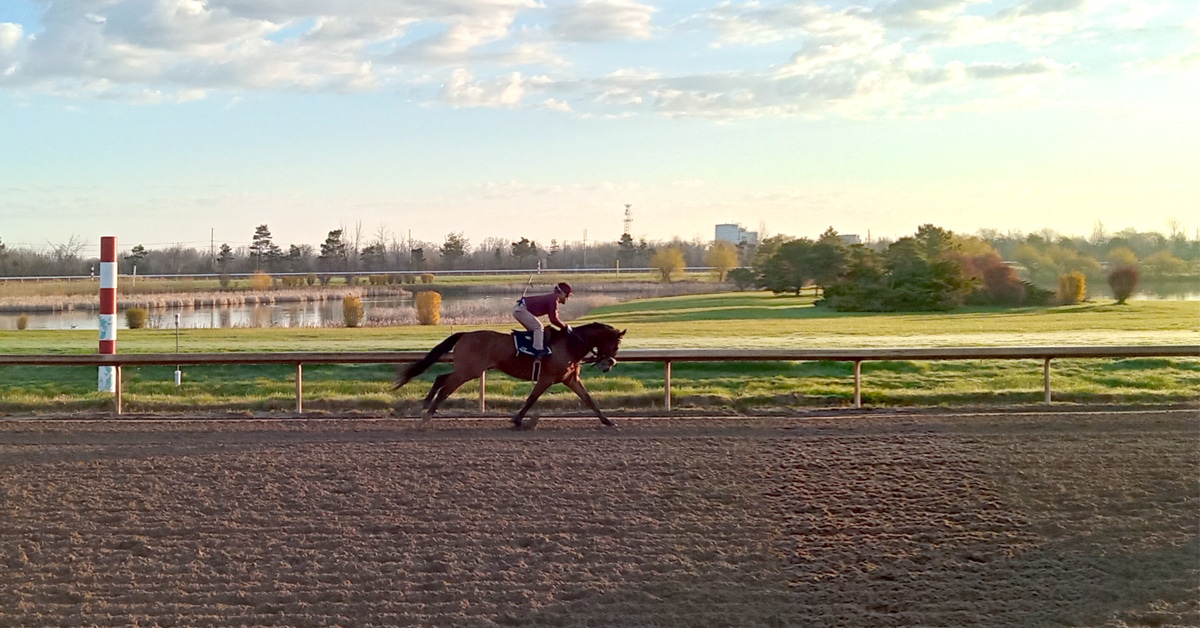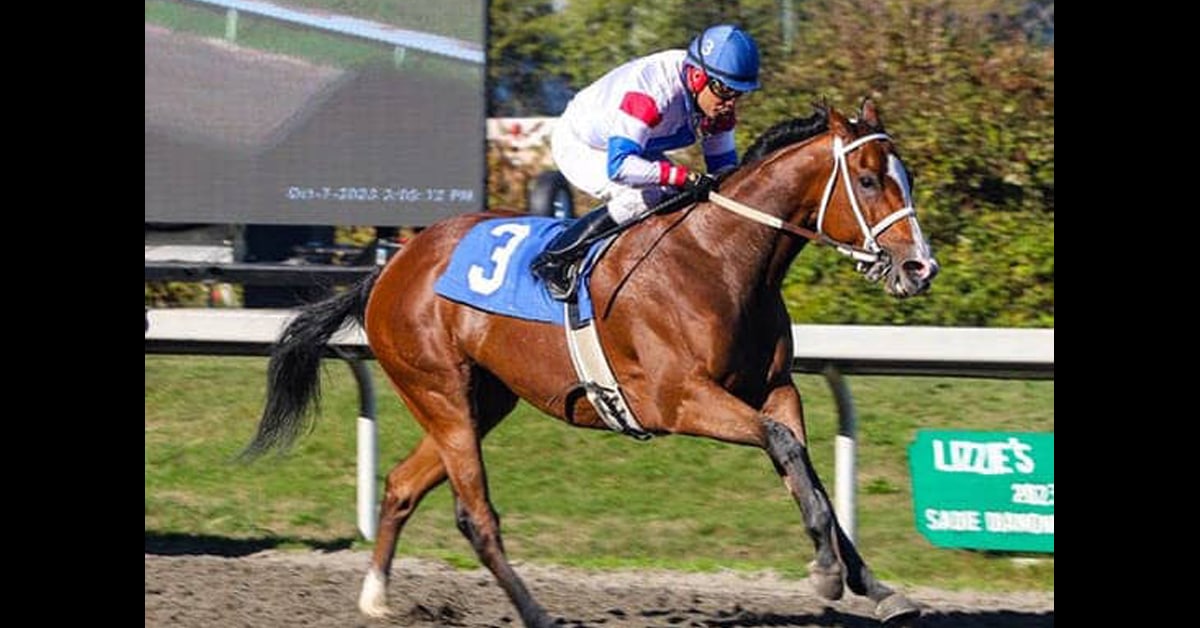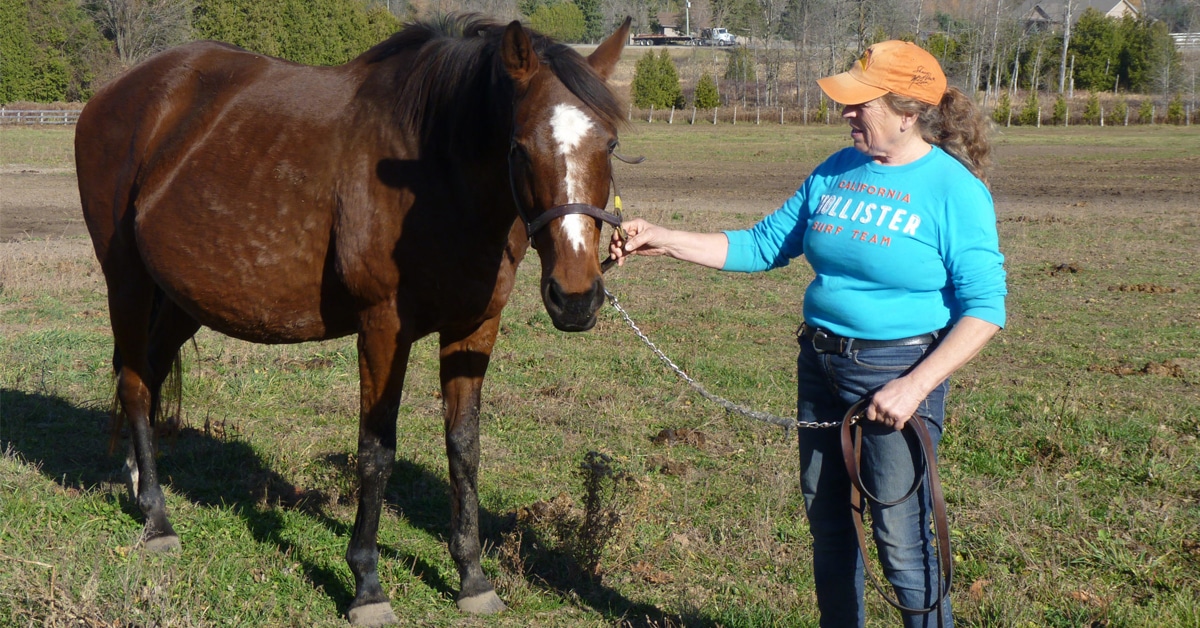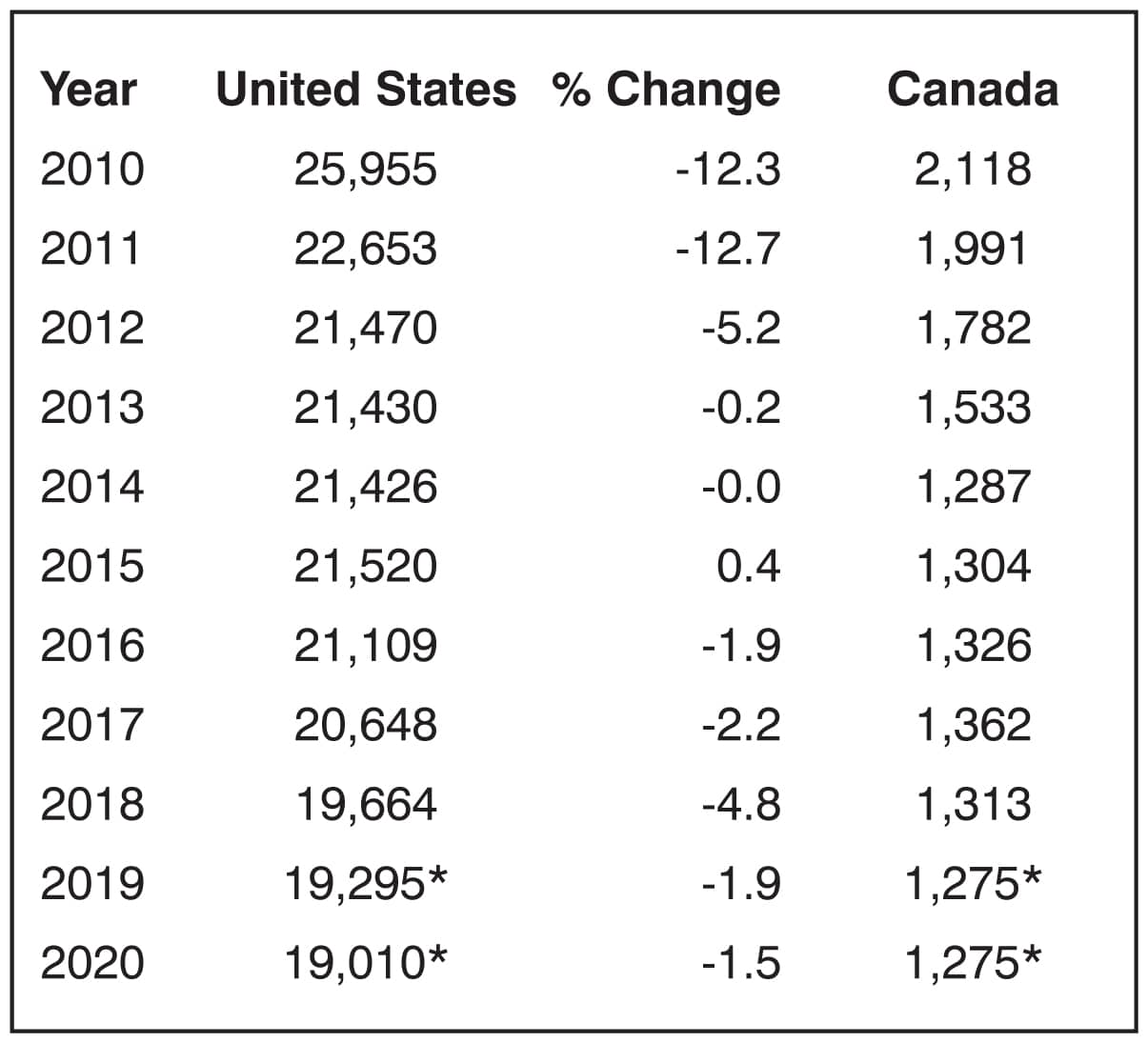The Jockey Club released its 2021 Fact Book for Racing and Breeding in North America recently along with individual State Fact Books for the U.S. and Canada.
Trends in Ontario show continued decreases, through early 2020, in several categories including Ontario mares bred. Following an increase in 2018, there has been a 20% drop in Ontario mares bred in the last two years. The long term effects of the pulling of the slots-at-racetracks program by the Liberal government in 2011 notwithstanding, the province has lost many breeders citing the absence of growth of the Ontario-sired program in racing at Woodbine.
Stallion numbers have dropped nearly 40% in two years as the broodmare population has decreased and the foal crop continues to slide.
In interviews with several Ontario breeders, writer Dave Briggs in Canadian Thoroughbred heard a similar issue; increased expenses, falling averages at the yearling sale and breeders’ awards that, while helpful, are not helping mare owners go forward to improve their band.
In addition, the loss of so many large breeding operations in Canada in recent years has put a dent in mare numbers. Ontario racing has lost Windhaven, Gus Schickedanz, and has seen Adena Springs North cut back. Now, with Sam-Son Farms having sold all of its broodmares, there is a need to encourage investors to Thoroughbred breeding.
Being able to turn a profit in raising and selling a homebred in Ontario is critical and currently, not many breeders are doing that.
Exactly one year ago in its discussion of some of the top influencers in Canada racing and breeding, Canadian Thoroughbred heard from many Ontario breeders such as John Burness of Colebrook Farms.
“If you do not have a strong, regional breeding program, you do not have racing. I have seen the decline. When we went away from our (slots) deal that we had with OLG in 2012 you have seen what has happened to our breeding in Ontario. I am seeing more and more people booking to stallions down in the U.S.”
The Mare Purchase and Mare Resident Programs implemented by Ontario Racing (the former launched in 2019) have been well received and should help foal crop numbers steady in the next couple of years.
The following chart is a comparison of statistics issues at this time of year over the last three years – not that the numbers will increase over the course of the year.
You can view the Ontario Fact Book at this link.
In ALBERTA, the number of mares bred to Alberta stallions, which was as high as 978 15 years ago, now checks in between 250-300 and in 2019, the province’s reported foal crop in the JC Fact Books was just 187, the lowest number in decades. BRITISH COLUMBIA and MANITOBA are battling the same plight, the latter recording just 46 foals born in the province in 2019.
Foal Crop Statistics
* Estimated figures
North American Foal Crop by Decade – Foal crops are estimated against Reports of Mares Bred, scheduled to be filed by Aug. 1 of each breeding season. Foal registration is to be completed within 12 months of the birth of the foal. However, late registration is available for additional fees, making actual foal crop counts impractical before Dec. 31 of the crop’s 2-year-old year, the time by which the vast majority of the foal crop has been registered.
Source: The Jockey Club
The online Fact Book is a statistical and informational guide to Thoroughbred breeding, racing and auction sales in North America and is updated quarterly. It also features a directory of Canadian, international, national, and state organizations. Links to the Breeding Statistics report that is released by The Jockey Club each September and the Report of Mares Bred information that is published by The Jockey Club each October can be found in the Breeding section of the Fact Book.
Among the data included in the Fact Book are import/export and sales trends, all of which appear to have been affected by the COVID-19 pandemic. Namely, when compared to 2019, imports decreased 23.3%, exports decreased 35.6%, and mean yearling prices decreased 19.9%. The Fact Book’s racing data, some of which was released as part of Equibase Company’s year-end Thoroughbred economic indicators advisory last month, also indicates the impact of the pandemic on the industry.
The 2021 editions of State Fact Books, which feature detailed breeding, racing, and auction sales information specific to numerous states, Canadian provinces, and Puerto Rico, are also available on The Jockey Club website. The State Fact Books are updated monthly.
More from Industry:








